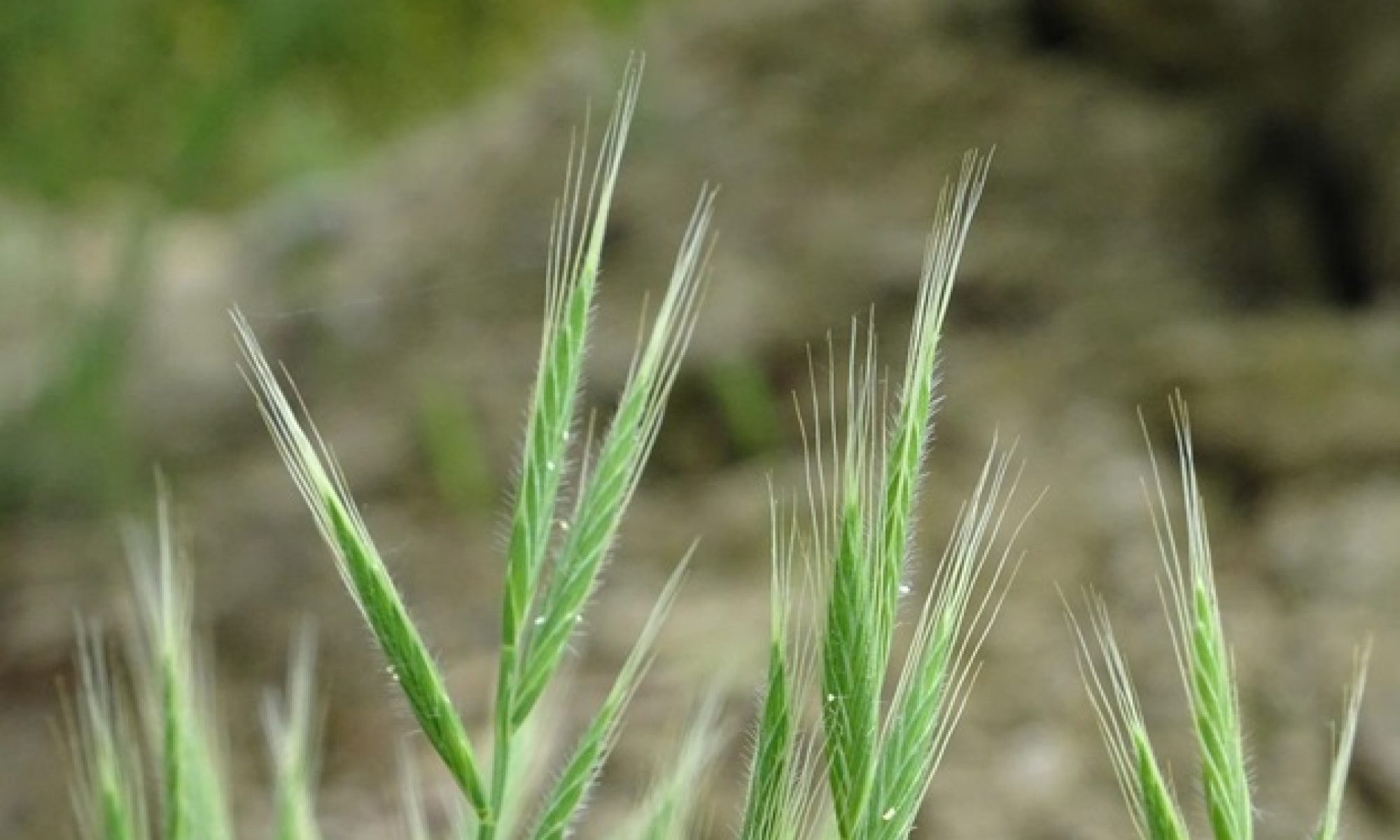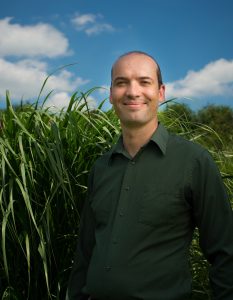Michigan State University
The genetic and physiological basis of local adaptation along environmental gradients
Local adaptation is a fundamental driver of biodiversity on planet Earth. While recent experiments have begun to dissect the genetic basis of local adaptation, we still have a very poor understanding of how individual genetic loci contribute to local adaptation over large-scale environmental gradients. In this presentation, I will report recent results from an unprecedently large local adaptation study, spanning 17 degrees of latitude, in the major bioenergy crop switchgrass (Panicum virgatum). Much of the functional genetic variation in switchgrass is distributed clinally with latitude as well as between upland and lowland ecotypes. Southern lowland populations are generally much more tolerant to heat, drought, and pathogens, while northern upland populations are more freezing tolerant. To understand genetic basis of local adaptation across central North America, we conducted a multi-site quantitative trait locus (QTL) study with a northern upland X southern lowland four-way, pseudo-testcross F2 tetraploid mapping population. The mapping population was planted at 10 field sites stretching from South Texas to South Dakota We have now identified numerous QTLs contributing to variation in biomass, flowering time, plant height, and resistance to pathogens. The vast majority of these QTLs had strong genotype x environment interactions, with additive effects varying greatly among field sites. We are currently conducting follow-up laboratory experiments to further understand the genetic basis of adaptive divergence in pathogen resistance and freezing tolerance between the ecotypes.

